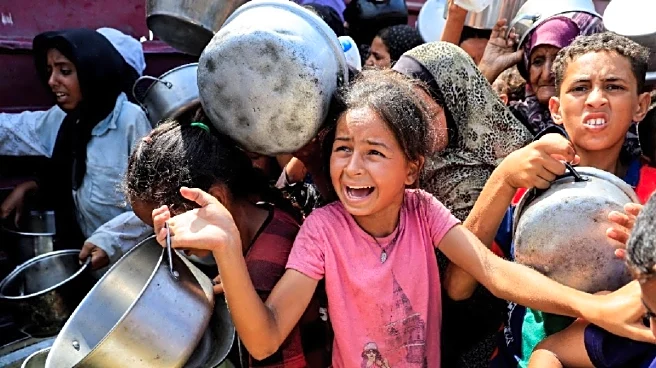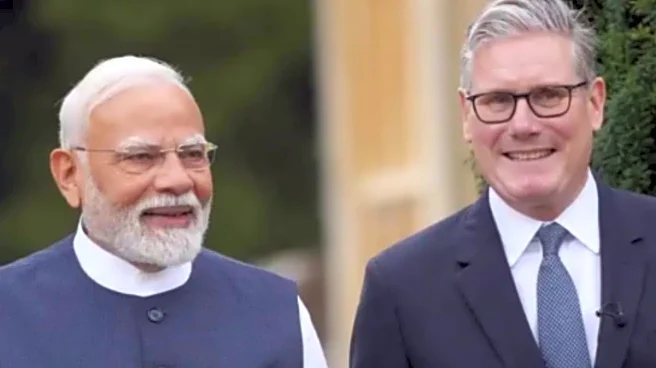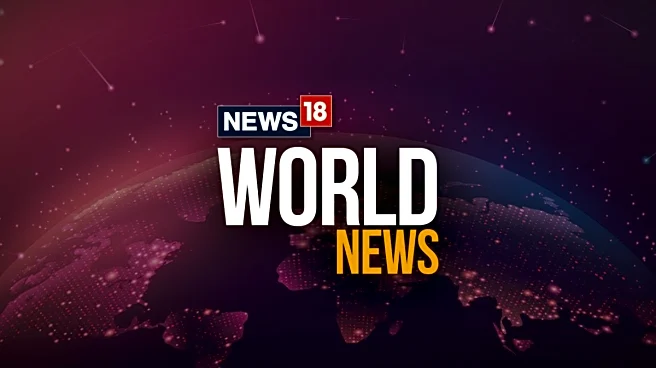Israel and Hamas on Thursday agreed to a ceasefire deal to free hostages held in Gaza in exchange for hundreds of Palestinian prisoners held in Israeli jails, as part of the first phase of a “peace deal” brokered by US President Donald Trump.
With an end in sight for the war, which has now raged for two years, Trump said the Gaza hostages should be released on October 13 or 14.
During a White House cabinet meeting, Trump said this first phase of a broader plan will lead to “lasting peace” and Gaza will be “slowly redone”.
World leaders have welcomed the announcement of the ceasefire and hostage-release deal between Israel and Hamas.Israeli Prime Minister Benjamin Netanyahu said he will bring the hostages home “with God’s help”, while Hamas has
submitted a list of Palestinian prisoners it wants released from Israeli jails in the first phase. The 20-point peace plan, on which the indirect negotiations between Israel and Hamas were based, calls for the disarmament of Hamas and for post-war Gaza to be ruled by a transitional authority governed by a board headed by Trump.
Here’s all you need to know:
- Israel said the ceasefire will take effect “within 24 hours” of a meeting of Israel’s security cabinet. Foreign minister said Gideon Saar said the release of all hostages held by Hamas, as stipulated under the newly signed first phase of the Gaza ceasefire deal, should bring about an end to the war. “There will be a ceasefire and then the commitment within 72 hours of Hamas to release all the hostages. I believe that can – that should bring the end to this war,” Saar told Fox News Channel in an interview.
- Hamas is expected to release the 20 living hostages together, 72 hours after the ceasefire begins. “We are getting the hostages back on Tuesday (October 14), Monday (October 13) or Tuesday, and that’ll be a day of joy,” Trump said.
- While agreeing to the ceasefire-hostage release deal, Hamas rejected Trump’s ‘Board of Peace’ for Gaza. A senior official, Osama Hamdan, told Qatar-based broadcaster Al Araby that Hamas rejects Trump’s proposal for an interim “Board of Peace” to oversee Gaza’s administration, headed by him. “No Palestinian would accept this. All the factions, including the Palestinian Authority, reject this,” Hamdan was quoted.
- American envoy Steve Witkoff said Trump will travel to Egypt next week after Egyptian President Abdel Fattah al-Sisi extended an invitation to attend celebrations over the Gaza ceasefire deal. “The President is really excited to come to Egypt, and that is the plan, that he comes next week,” Witkoff said in a meeting with Sisi, a video of which was released by the Egyptian presidency. The first phase of the deal was thrashed out in indirect negotiations behind closed doors in a conference centre in Sharm El-Sheikh, an Egyptian resort town on the Red Sea.
- The deal will allow a surge of aid into Gaza, where the UN has declared famine. A Hamas source said the deal also provides for the “return of displaced persons from the south of the Gaza Strip to Gaza (City) and the north immediately”. The source added that a daily minimum of 400 trucks of aid will enter the Gaza Strip for the first five days of the ceasefire, to be increased in following days. The UN agency for Palestinian refugees welcomed the deal as a “huge relief”, and said it was ready to flood Gaza with desperately needed food.
- The Israeli army said it was preparing to pull back troops in Gaza, in line with the agreement. The military will redeploy to an agreed-upon “yellow line” within 24 hours. The deal stipulates “scheduled withdrawals” of Israeli troops and includes “guarantees from President Trump and the mediators”.
- Netanyahu has all but rejected the option of the Ramallah-based Palestinian Authority (PA) ruling over post-war Gaza. But its vice-president Hussein al-Sheikh said the PA had conducted all preparations to govern the post-war Gaza Strip and oversee its reconstruction.
- Welcoming the ceasefire agreement, UN Secretary-General Antonio Guterres said real progress will come when obstacles to delivering humanitarian aid to Gaza are removed, not just “silencing of the guns”. He reiterated his call for all parties to “abide fully” by the terms of the agreement. “We need full, safe and sustained access for humanitarian workers; the removal of red tape and impediments; and the rebuilding of shattered infrastructure,” Guterres told reporters.
- Trump has said disarmament will be part of the second phase of the Gaza deal, with Israel insisting that Hamas must give up its weapons. “I’m not going to talk about that because you sort of know what phase two is. But… there will be disarming,” he told reporters at a cabinet meeting. A Hamas official said negotiations for the second phase of the ceasefire would begin “immediately”.
- Key questions, however, remain about Trump’s 20-point peace plan. But these points are yet to be addressed. Palestinian president Mahmud Abbas said he hoped the Gaza deal could lead to the establishment of an independent Palestinian state. But Netanyahu and members of his cabinet have repeatedly vowed to prevent that from happening.
(With agency inputs)
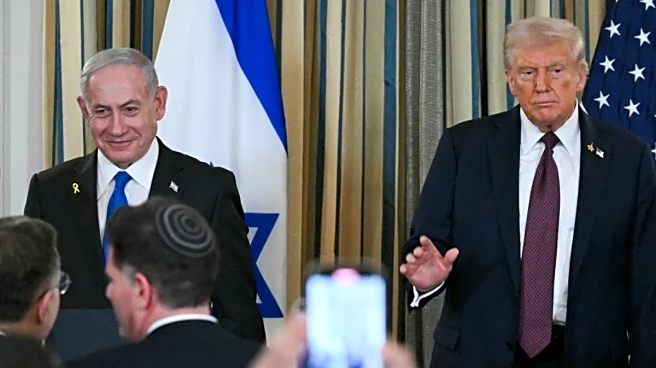

/images/ppid_59c68470-image-175998753470154018.webp)
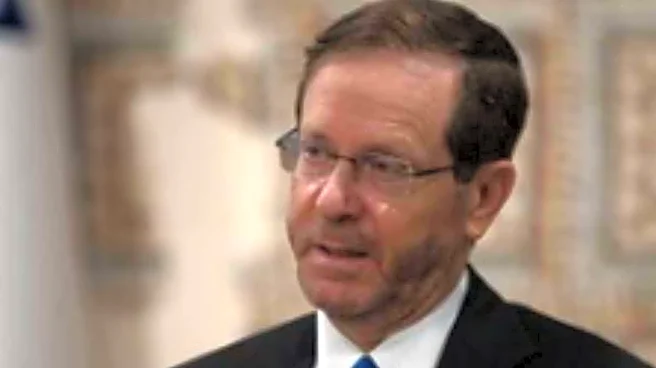
/images/ppid_a911dc6a-image-175991434655025796.webp)
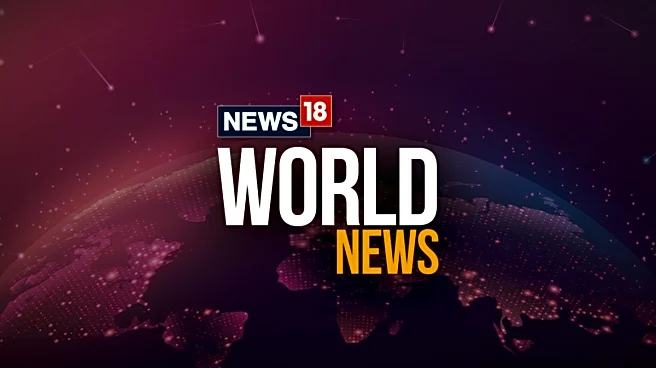
/images/ppid_59c68470-image-175996754278420396.webp)

/images/ppid_a911dc6a-image-175998686902043996.webp)

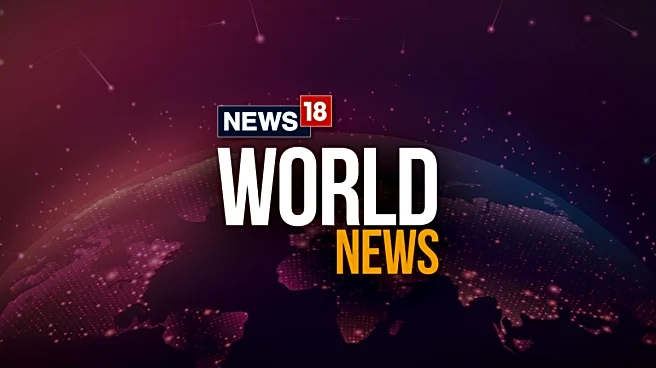


/images/ppid_59c68470-image-175999755302988914.webp)
